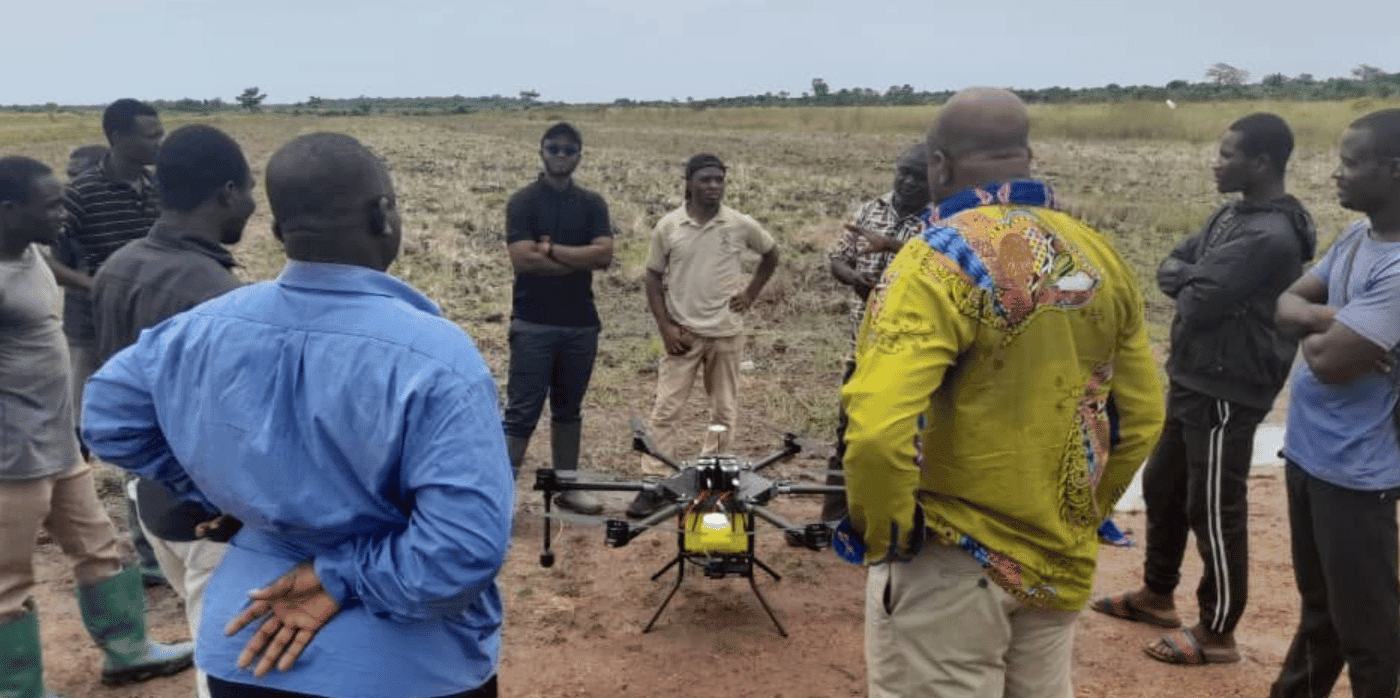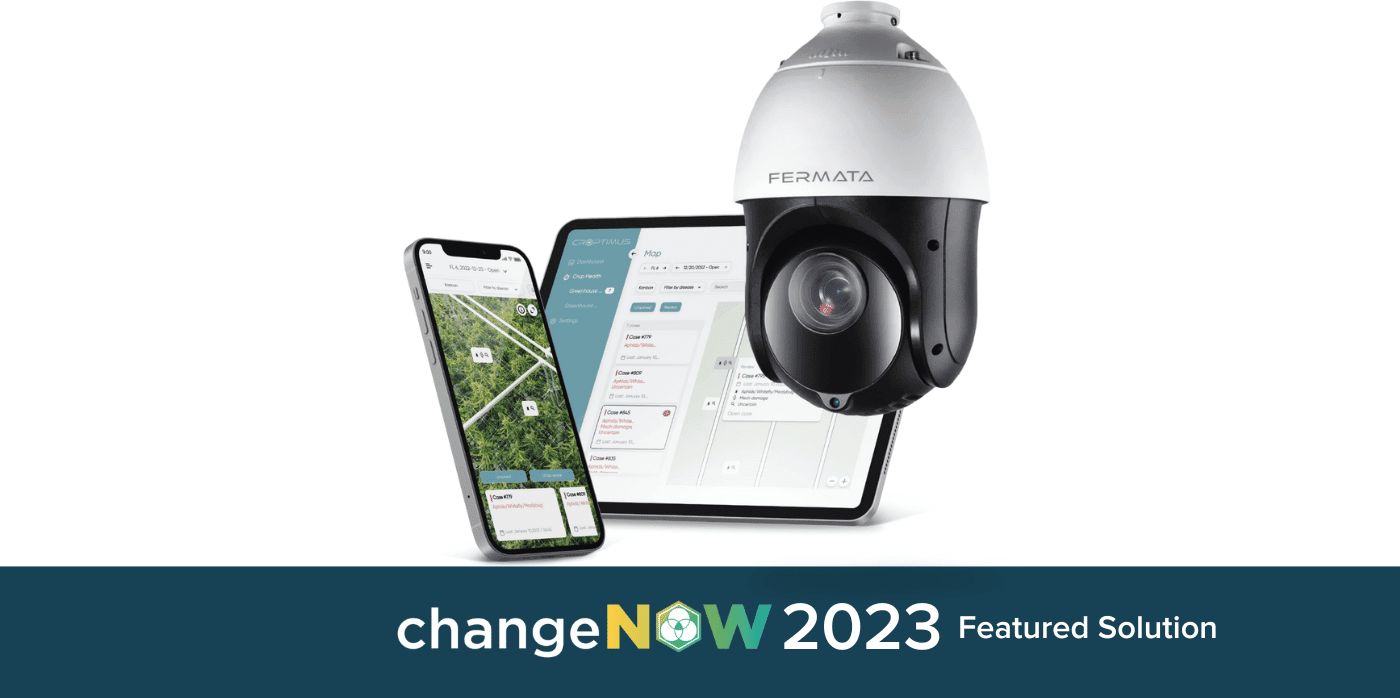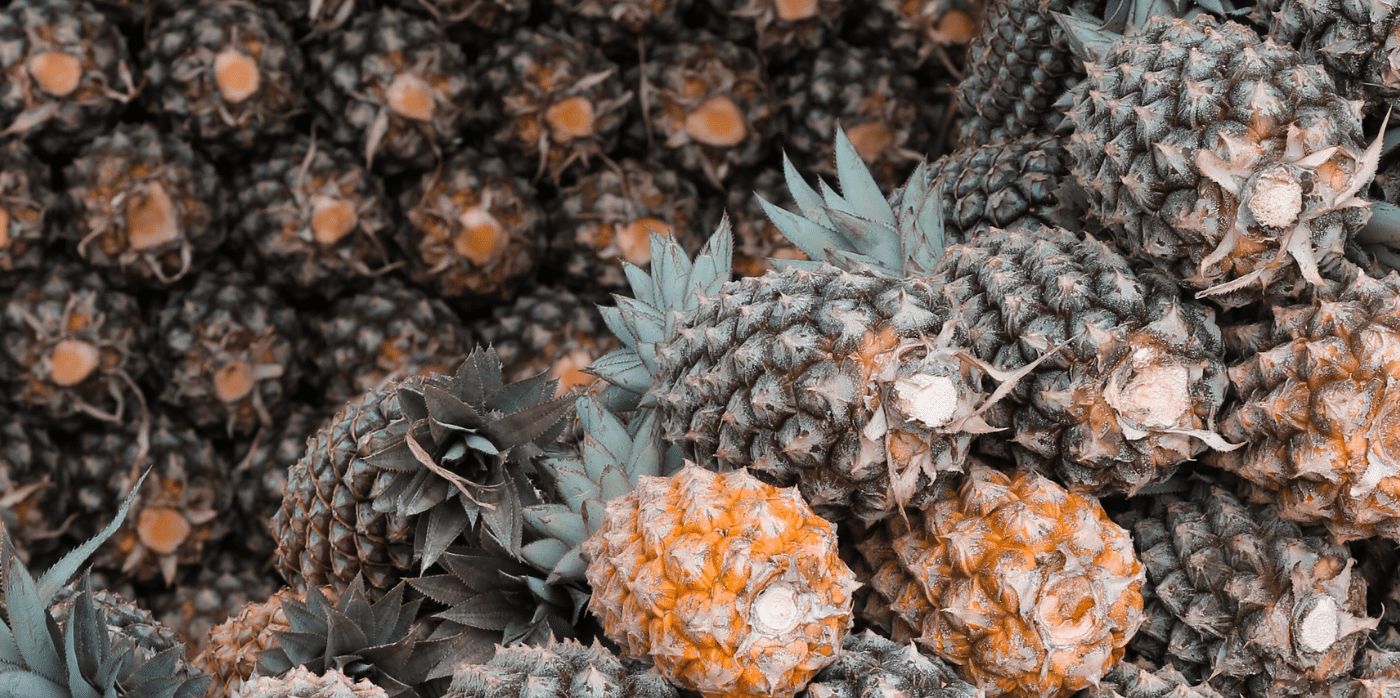Deterring pests with AI and robots

Spotted: For thousands of years, farmers have used low-tech methods like scarecrows to deter birds from eating their crops – to varying degrees of success. In Africa, it’s estimated that cereal farmers in some regions could be losing between 15 and 20 per cent of their yield to birds. To prevent this, they often employ young children to chase the birds away. Now, five young Ghanaian scientists and entrepreneurs have come up with an improvement.
The entrepreneurs formed a company, called AiScarecrow, which uses artificial intelligence (AI) to scare birds away from crops. The startup’s solution is a drone that can mimic the appearance and behaviour of a predatory bird, and is realistic enough to scare away pest birds. Because the birds respond to what they consider is a natural situation – the presence of a predator – the drone causes no harm to the birds or damage to the environment.
AiScarecrow targets cereal crops, which are at particular risk from loss to bird predation. The company has its own technician to operate the drone birds, but can also train manual bird scarers to switch to using the drones.
The company was established through the Kosmos Innovations Center’s (KIC) Agritech challenge, a Ghanaian incubator that focuses on the agricultural sector. Beyond its pest-control drone, AiScarecrow has also developed agricultural drone technology for spraying, mapping, and crop management.
Eliminating pests in a sustainable manner is the subject of a wide number of innovations spotted by Springwise Springwise. Some of the most recent in the archive include nature-inspired insecticides and the use of computer vision to spot pests early.
Written By: Lisa Magloff




